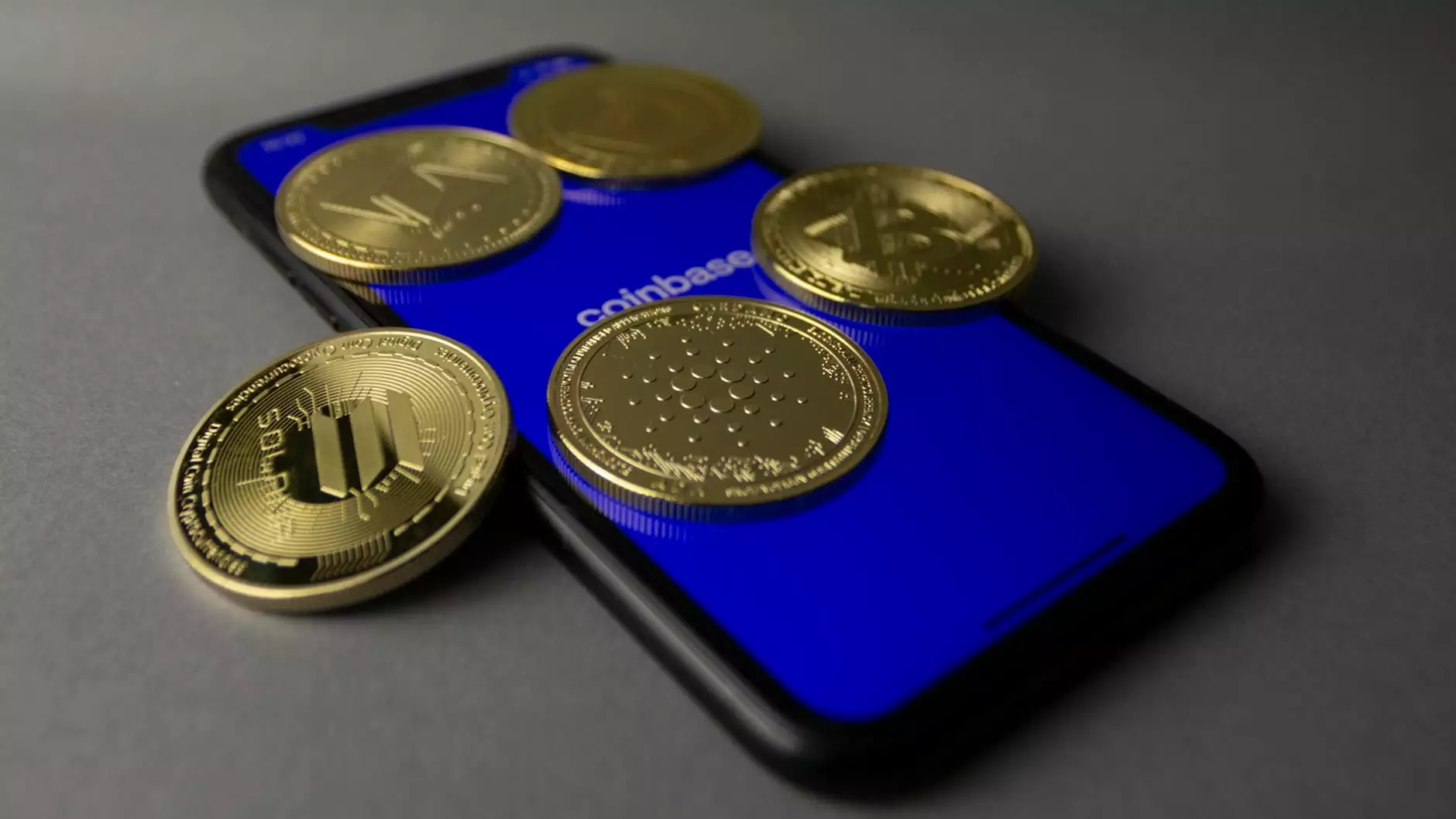How to Store Semaglutide: Essential Guidelines for Effective Use

If you're considering or currently using semaglutide as part of your weight management or diabetes treatment, understanding how do you store semaglutide correctly is crucial for maintaining its efficacy. Semaglutide, a GLP-1 receptor agonist, helps regulate blood sugar levels and supports weight loss efforts. However, improper storage can diminish its effectiveness and alter its chemical structure. In this article, we’ll explore the importance of proper storage, guidelines you should follow, and tips to ensure you are maximizing the benefits of this medication.
Understanding Semaglutide
Semaglutide is an injectable medication used mainly for:
- Managing type 2 diabetes.
- Assisting in weight loss for individuals with obesity.
Working by mimicking the action of glucagon-like peptide-1 (GLP-1), semaglutide slows gastric emptying, increases insulin secretion, and reduces appetite. Its proper use can lead to significant health benefits, but only if stored correctly.
Importance of Proper Storage
Storage conditions for semaglutide significantly affect its potency. Incorrect storage can lead to:
- Reduced effectiveness of the medication.
- Increased risk of contamination.
- Potential side effects if the medication has degraded.
To prevent any adverse outcomes, it’s vital to follow specific guidelines regarding the storage of semaglutide.
Optimal Storage Conditions for Semaglutide
1. Temperature Control
One of the most critical factors in storing semaglutide is maintaining the appropriate temperature. According to the manufacturer’s guidelines:
- Unopened Semaglutide: Store it in a refrigerator at a temperature between 2°C to 8°C (36°F to 46°F).
- Opened Semaglutide: After the first use, semaglutide can be kept at room temperature (below 30°C or 86°F) for up to 28 days.
Do not freeze semaglutide, as freezing can damage the active ingredients and render it ineffective. If the medication has been frozen, it should be discarded.
2. Light Protection
Semaglutide is sensitive to light exposure. To protect the medication:
- Keep it in its original packaging until needed.
- Avoid direct sunlight exposure, which can degrade its quality.
3. Humidity and Air Exposure
Humidity can adversely affect semaglutide. Therefore:
- Avoid storing it in places with high humidity, such as bathrooms.
- Seal it properly after each use to minimize air exposure.
Storage Tips for Semaglutide Users
To ensure the longevity and efficiency of semaglutide, consider the following practical tips:
- Label the Vial: Mark the date of first use clearly on the vial to keep track of storage time.
- Keep it out of Reach: Store in a safe place away from children and pets to prevent accidental administration.
- Regularly Check Expiration Dates: Always check the expiration date before use. Expired medications should be disposed of safely.
- Travel Considerations: If traveling, keep semaglutide in a cooler or insulated bag to maintain safe temperatures. Always carry it with you instead of checking it in.
The Consequences of Improper Storage
Failing to adhere to proper storage conditions can lead to serious health risks:
- Reduced Drug Effectiveness: Exposure to incorrect temperatures can lead to suboptimal blood sugar control.
- Increased Side Effects: Degraded medication may cause unexpected side effects or ineffective management of symptoms.
Therefore, understanding how do you store semaglutide is not just about preservation; it's about safeguarding your health.
How to Dispose of Unused Semaglutide
Proper disposal of unused or expired semaglutide is equally important. Follow these guidelines:
- Do Not Throw in Regular Trash: Medications should not be disposed of in household waste
- Take Back Programs: Utilize local take-back programs or pharmacies that offer safe disposal solutions.
- Check Local Guidelines: Always adhere to local guidelines regarding medication disposal.
Final Thoughts on Storing Semaglutide
Storing semaglutide requires careful attention to temperature, light exposure, and humidity. By following the outlined best practices, you not only maximize the medication's effectiveness but also ensure your health and safety. The adequate management of semaglutide storage reinforces the commitment to a healthier life, particularly for individuals managing chronic conditions such as diabetes or obesity.
For more tips on health, beauty, and weight loss strategies, visit our website skinnyquick.co. We strive to provide comprehensive resources that help our users achieve their wellness goals.
Key Takeaways
In summary, if you are ever in doubt about how do you store semaglutide, remember the following key points:
- Store unopened vials in the refrigerator.
- After opening, use within 28 days and keep at room temperature.
- Protect from light and humidity.
- Check for expiration dates regularly.
- Dispose of unused medication properly.
Implementing these simple yet effective strategies will enhance your treatment, providing you with the best possible results as you navigate through your health journey.





